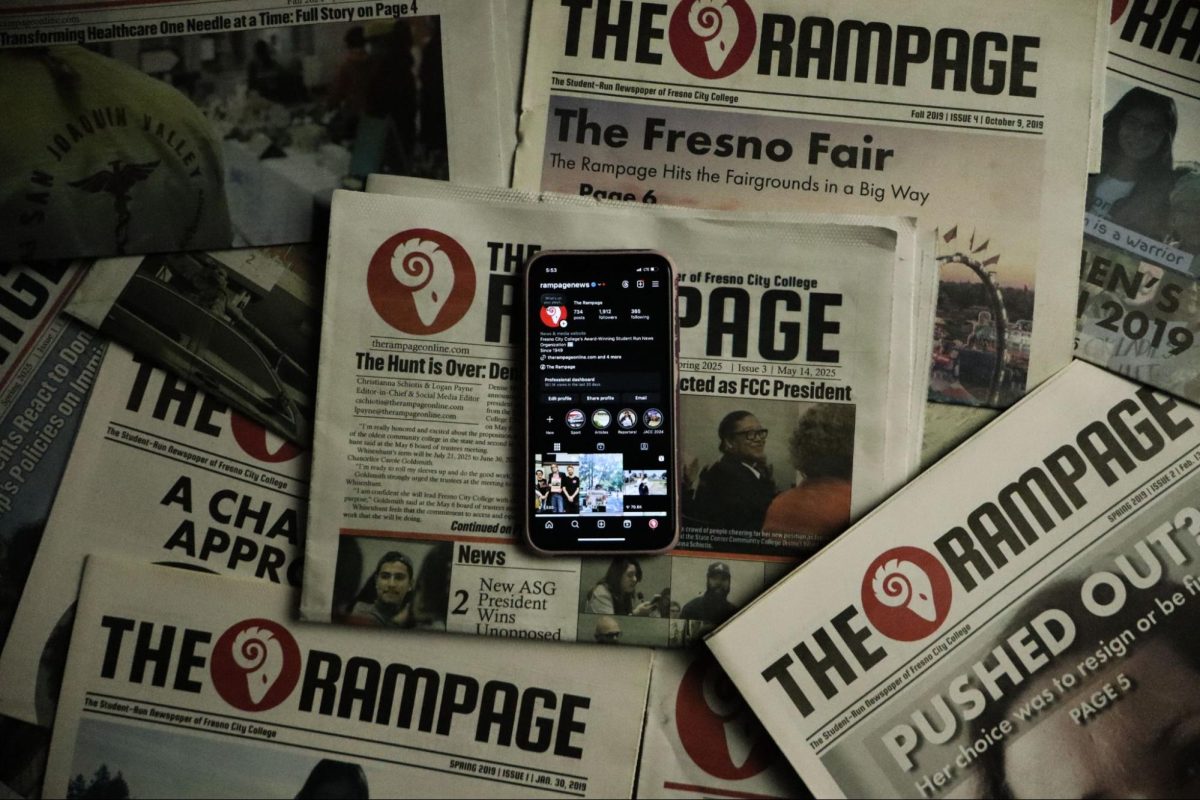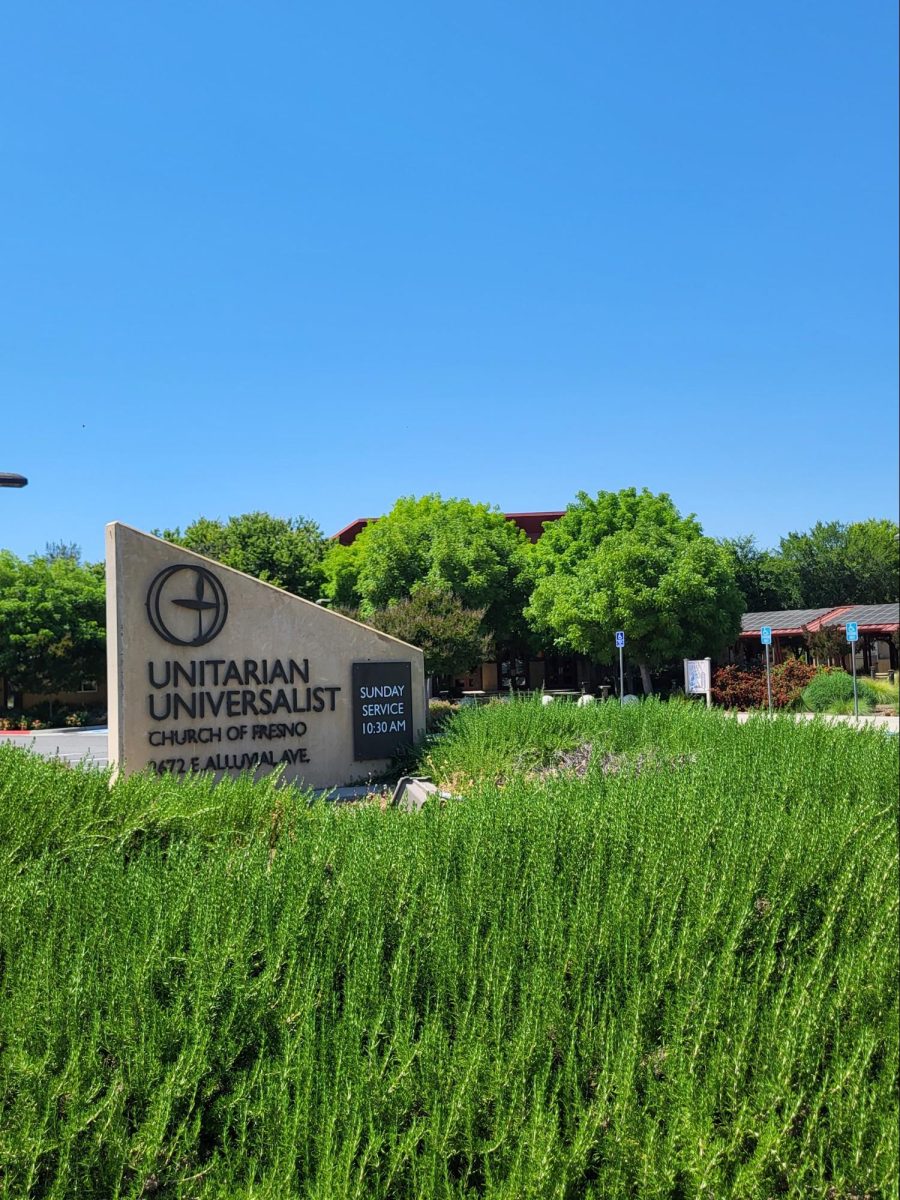The recent Tsunamis and the imminent threat of radioactivity and nuclear explosions in Japan, nuclear power has brought more attention to this controversial method of producing energy. However, this has not deterred the Madera County Board of Supervisors from writing a letter of support for the construction of a “state of the art” nuclear power plant in Fresno County.
The Fresno Nuclear Energy group has partnered with Areva, a French conglomerate mainly known for nuclear power, in hopes of constructing a Clean Energy Park and nuclear facility. The proposed plant will have two 1,600 megawatt reactors and maintain a priority of desalting groundwater for irrigation. One megawatt can power nearly 1,000 homes. Utilizing solar and wind energy also, the plant would provide electricity for an estimated 1.6 million homes.
John Hutsn, CEO of the Fresno Nuclear Energy Group, said the proposed power plant would use technology that has been advancing for decades. Hutson said that nuclear power should be harnessed along with other alternative energy sources such as wind and solar. “If you look at the whole scope of California, you will see that we need this [nuclear power],” said Hutson.
There are many fears that may be triggered at the mention of nuclear power such as: proliferation of nuclear weapons, nuclear disasters, and damage to living organisms and the environment, mutant zombie apocalypse. While there may be some validity to all of these concerns, except for possibly the last one mentioned, is it possible that these fears been irrationally bloated?
With the economic and environmental expenses that are produced from the burning of fossil fuels, harnessing nuclear energy with other alternative power sources can prove to be beneficial for our energy needs and local economy. If the world is to ever be released from the clutches of oil and coal, then it will need to consider and invest in alternative energy sources such as nuclear, solar, and wind.
This transition will not be achieved overnight and will take decades to be met, but if utilized properly, it could incredibly alter the face of the world’s energy supply.
The sight of a giant mushroom cloud of fire billowing up into the sky and projecting a power blast that can travel for miles is certainly enough to cause any individual to question the use of nuclear power. No power plant can ever be 100 percent safe, no matter where it gets its energy source. The possible rewards that can be received from properly and safely utilizing nuclear power should not be denied because of fears and emotions that many people hold.
Information collected from the Nuclear Energy Institute state that since 2001, nuclear power plants have attained the lowest production costs when compared to oil, fossil fuels, and natural gas plants. With the new technologies available, security and safety features have been incredibly enhanced since the 1970’s, the decade in which most nuclear plants were built.
According to the World Nuclear Association, current regulations for the construction of power plants call them to have safeguards for every possible risk situation. Nuclear power plants today use a “Defense in Depth” concept that features multiple safety components and designs that correct human errors in the control of radioactivity, maintenance of core cooling and barriers that prevents the release of radiation. Also, an explosion caused by a commercial-nuclear reactor cannot produce an explosion like the one caused by an atomic weapon.
The Nuclear Energy Institute’s statistics show that the threat of having a nuclear reactor meltdown is very low and in the few cases in which this has happened, was due to the fact that they were government funded experimental projects. There is a high safety comfort level that can be found when one examines the history of nuclear power. There have only been two major reactor accidents in the history of civil nuclear power- Three Mile Island, which was contained and caused no harm to health or the environment, and Chernobyl, which caused 56 deaths and heavy environmental damage.
However, Chernobyl was improperly maintained and operated, and is an isolated freak incident. Apart from this accident, according to the World Nuclear Association, no nuclear workers or public members have ever died of radiation exposure from commercial reactor incidents. In contrast, a study conducted by the Paul Scherrer Institute concluded that more people have died due to accidents at fossil fuel plants. Have you forgotten of the little BP oil spill in the Gulf of Mexico already?
The burning of oil and fossil fuels has released incredible amounts of pollution into our environment. Nuclear power plants release minimal amounts of carbon emissions into the atmosphere because there is no burning of chemicals in the process of energy production. Since nuclear power plants require relatively little amount of land to be built upon, and all the waste produced is contained within the facility, the U.S. Energy Information Administration attributes nuclear energy to having the lowest impact on the environment than any other energy source.
One of the biggest concerns in regards of nuclear plants is the management of waste. Even though spent nuclear fuel takes up very little space, it remains highly radioactive for nearly 10,000 years. It must be heavily guarded and isolated in concrete underground bunkers or special containment areas until radiation dies down to a safe level. The United States Nuclear Regulatory Commission states that waste will have to be managed and secured for hundreds of future generations. The costs and fear of it falling into the wrong hands is a one of nuclear powers worst aspects.
In contrast, however, the waste from fossil fuels and oil plants is not managed after it has been used, often being released into the environment. Nuclear waste is kept isolated from the environment. A 1978 study conducted by the Oak Ridge National Laboratory found that radiation doses in people living near coal plants have equal or higher to those who live near nuclear facilities.
With all the benefits that have been reaped from nuclear energy and all the statistics that support the safety of nuclear power plants, we should rationally consider if we should have one built in our own backyard or not.
Am I a little apprehensive about a nuclear plant in our own backyard? You bet.
Am I putting my fears aside for a more logical observation of nuclear energy? Definitely.
I say we become an Atomic Valley.







